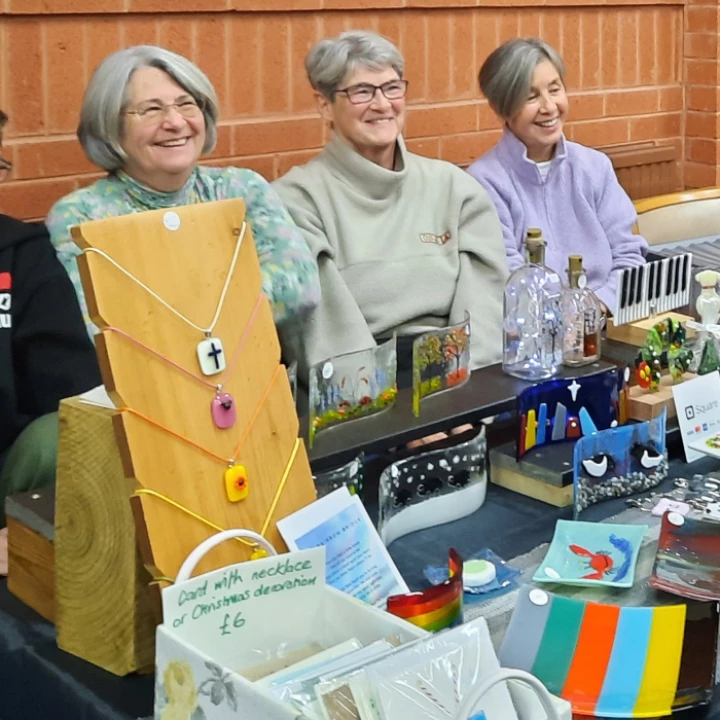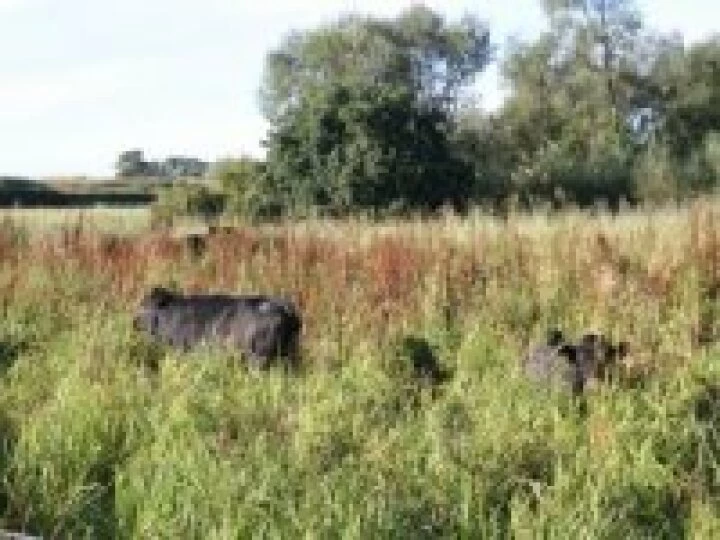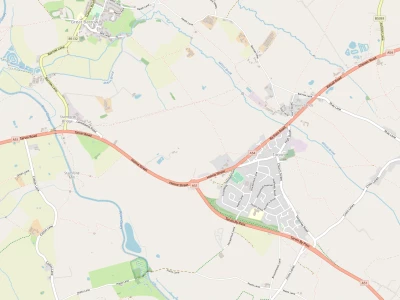I love walking down to Hockenhull Platts.
I think it's the change in view when you step out of the trees onto the middle bridge. It is such a big view with the expanse of clouds and the various colours and textures of the plants. When you admire this view some of ecology is obvious but much of it is hidden.
In this second article about the Hockenhull Platts we look at the present day ecology of the area with the warden David Cummings. The 5 hectare site has been managed by Cheshire Wildlife Trustsince 1970. Over this period the area has seen significant shifts in farming practices. It is the intention of the Trust under David's local management to increase the diversity of wildlife in the area and the signs are very positive.
There are three main habitats for wildlife on the Platts. The most obvious habitat is the river but there are also dry and wet meadows.
Over recent years one of the most recognisable additions to the wet meadow are the Dexter cattle. These have been introduced to keep the grass trimmed, which in turn allows a greater diversity of small plants to grow. This then encourages a wider range of insects, mice and voles and so forth up the food chain. Additionally, the digging of a new trench to the third bridge has helped to regenerate the reed bed. This is having a big impact on the area with, for example, a greater range of birdlife. Last summer saw rare visitors such as the Grasshopper Warbler, Sedge Warbler and a nesting pair of Spotted Flycatchers. The magnificent poplar plantation dominates the dry meadow, a feature that is clearly visible from miles around. These French poplar were apparently planted for matchsticks and now provide an ideal environment for the Greater Spotted Woodpecker. In recent years many of these poplar have fallen in storms and the Trust are currently considering whether to replace fallen trees with the native black poplar. Changing farming practices over the years has had a huge impact on the quality of water in Britain's rivers. The Gowy is no exception. David tells me that the plantlife in the river is very healthy and the grazing at the edge of the river has improved the diversity of plants and insects on the river's edge. A while ago a Holt was produced with the hope that it would make a ready-made home for otter. In June, to great excitement, an otter was spotted on a hidden camera. In addition, there has been regular spotting of spraint (otter poo), which is very encouraging.
However, it is not such good news for the water vole, which, after many years living in the area, has not been spotted this summer. It is possible that it was flooded out in the heavy rain we had this last spring.
In the final article we look at the future and how the efforts to encourage further diversification will aid the wildlife.
Photography by D Cummings
Quick Links
Get In Touch
TarvinOnline is powered by our active community.
Please send us your news and views.









